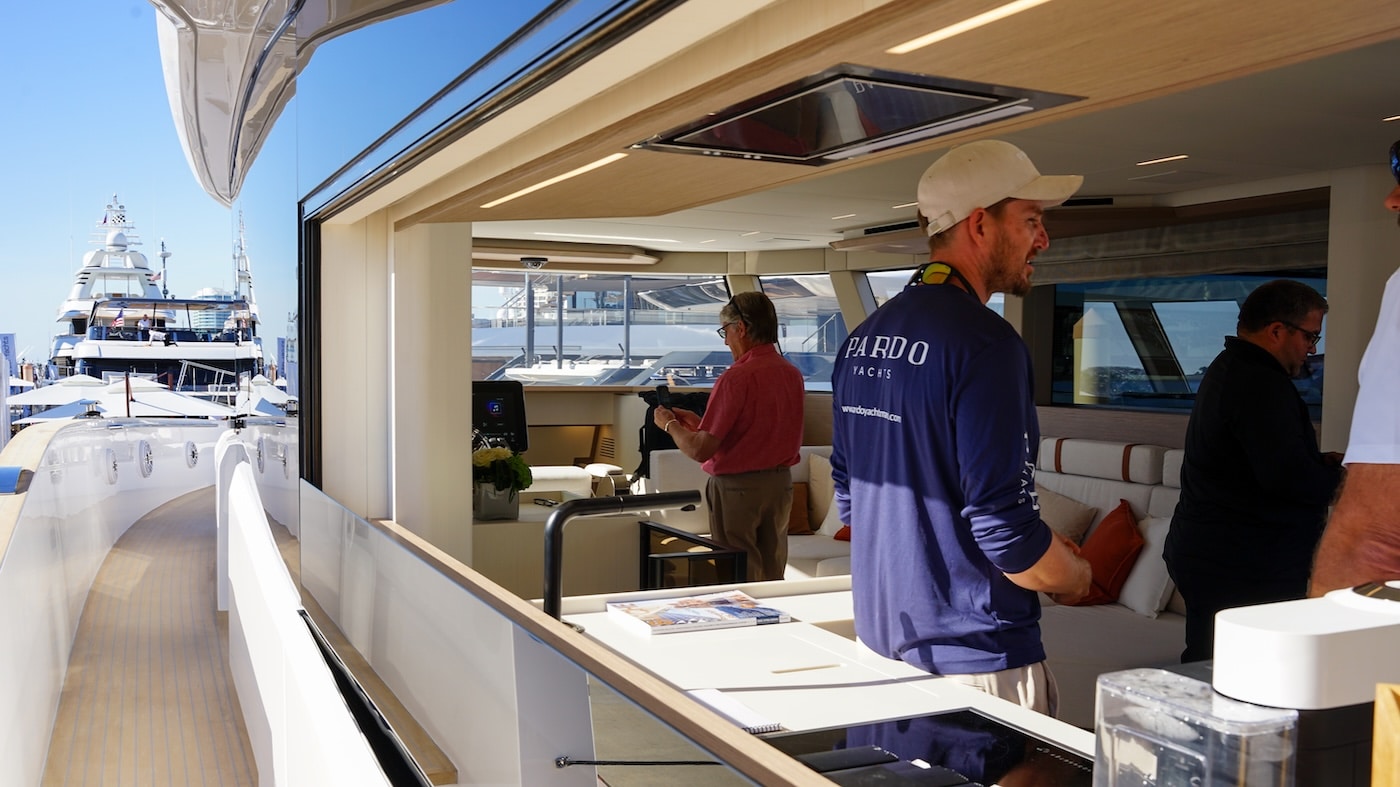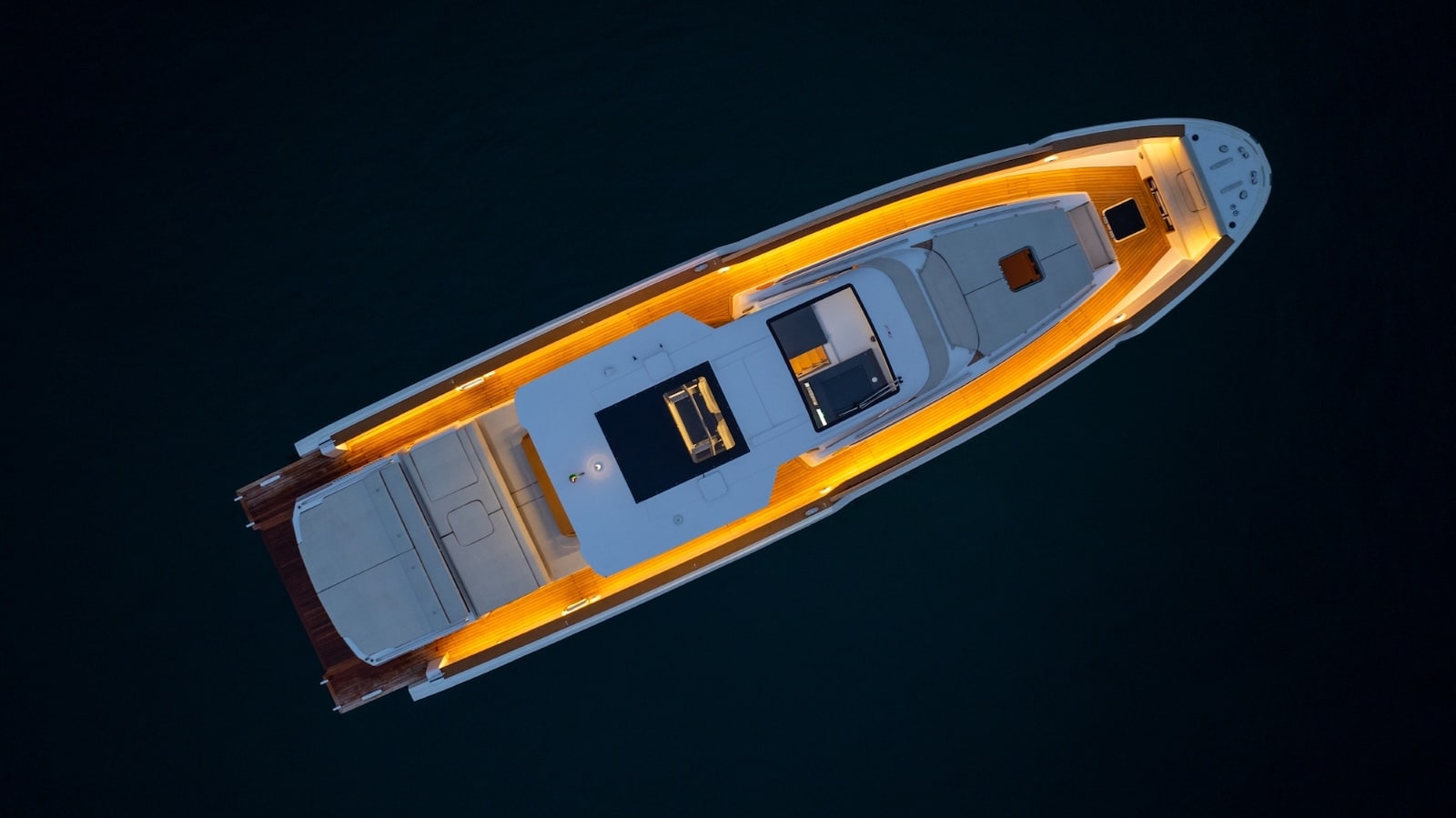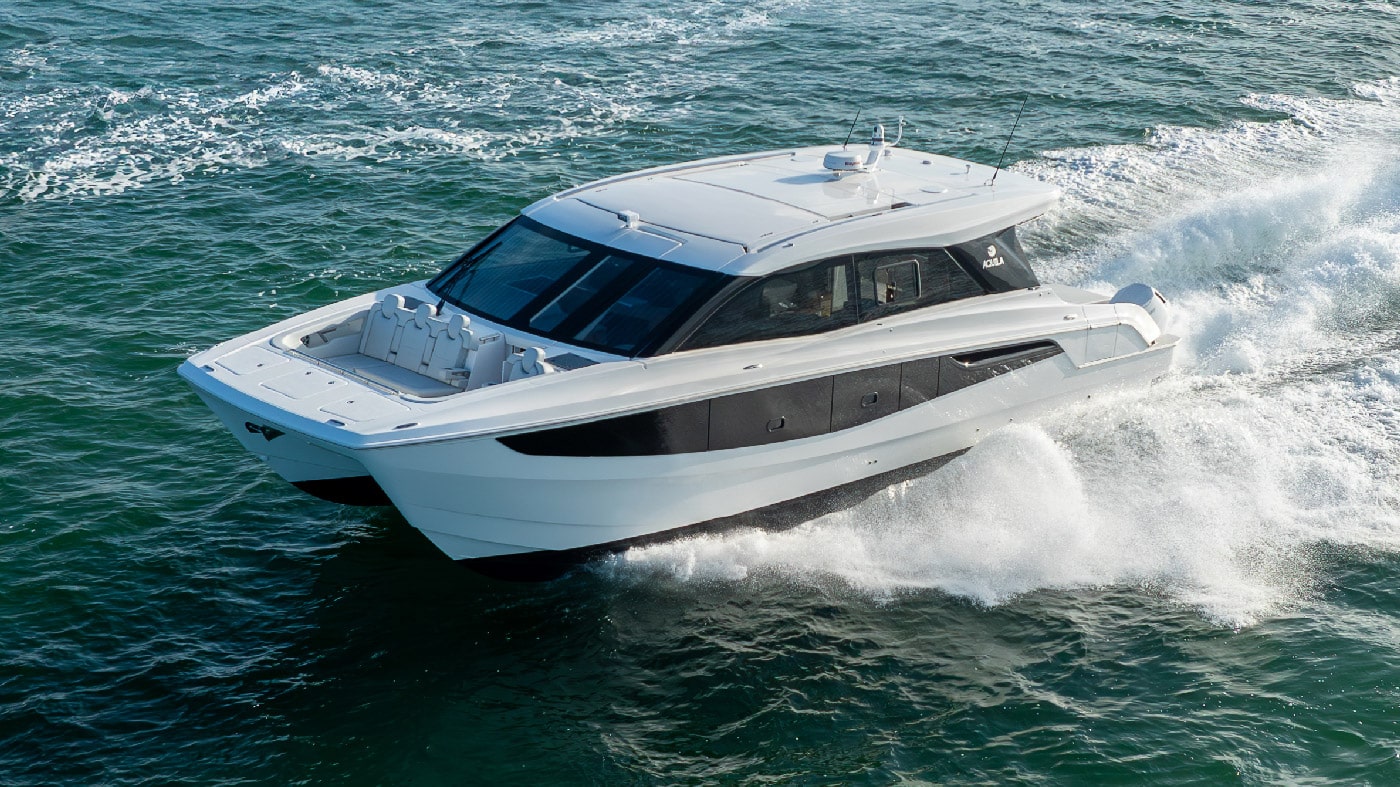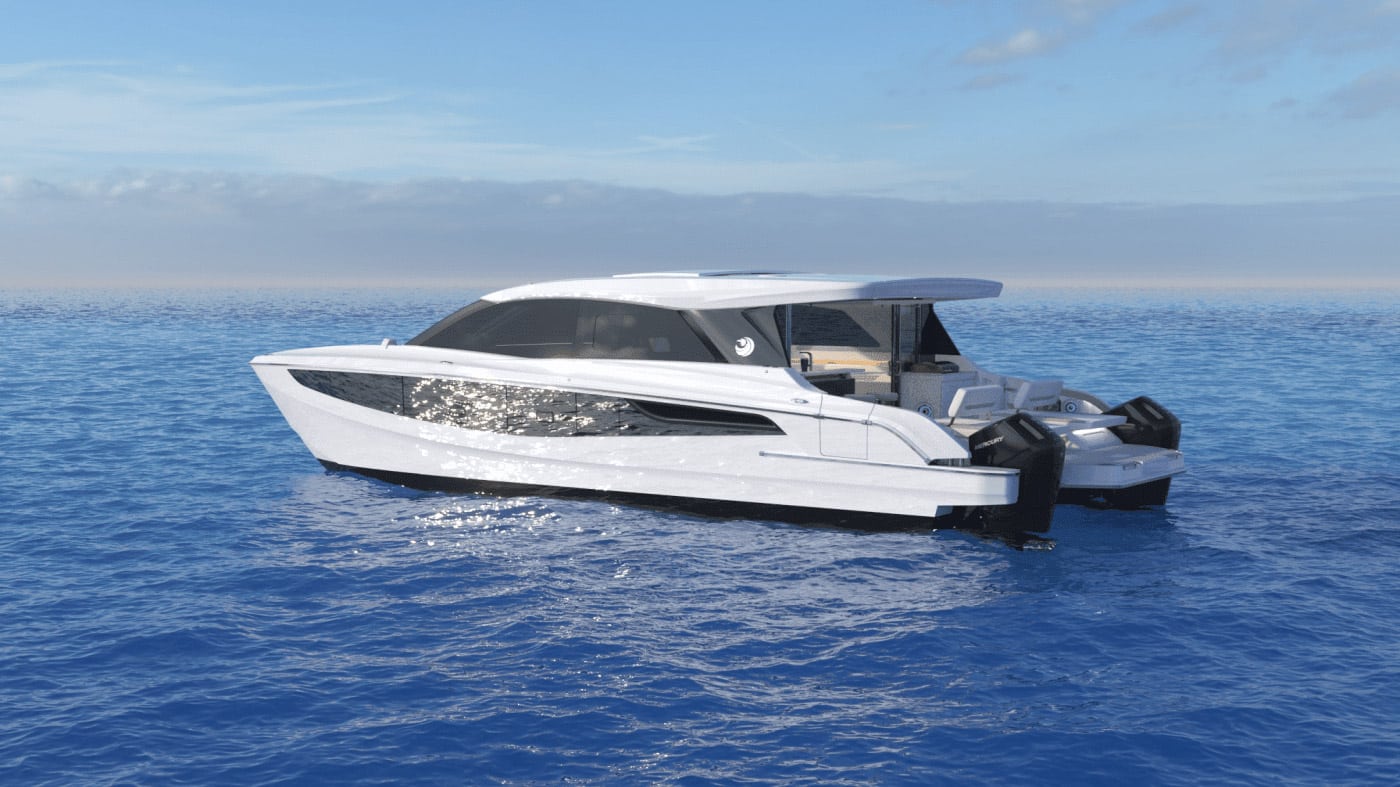The Jiber furler by Ubi Maior Italia, used for headsails and specially designed to work without the usual extruded profiles on the stay, is a product that is actually revolutionizing sailing.
It is a structural accessory and its function is to completely eliminate the classic aluminium extrusions and replace them with a rod stay which, connected directly to the furler, is able to open and close the headsails.

” It is applied on ocean-going yachts where all the stays, whether textile or carbon, are furling, so the sails are furled directly on the stays,” explains Raffaele Di Russo, Corporate Brand Manager for the company. “Our aim was to be able to have this system with the possibility of hoisting and lowering the halyard in the jib, something that cannot be done with standard furling stays. We therefore took the forestay of the boat that installs our structural rotating jib furler system: the system has a rotation lock at the top, i.e. an automatic joint, so that when the head of the sail is hoisted together with this jib, it finds a piece of profile to which the jib itself is stuck.
This device means that when the lower part is rolled up, the upper part also rolls up in the same way, allowing the sail to be closed.
The product designed in this way eliminates the profiles of a classic furler, saving a great deal of weight, and above all, all that is attached to the forestay means that when the boat is in the wind it creates a catenary, i.e. a deformation of the forestay that causes the boat to go down the bow, having to reduce the sails to avoid heeling. Without this profile, therefore, the boat is much more stable and does not go down, so with the same wind there is no need to change or reduce the sail. Furthermore, the boat is able to tighten up on the wind compared to upwind, going even more into the wind.
These are the 
Due to the nature of the Jiber system, the few rotations during the reduction phase could cause an accidental opening of the central luff of the genoa – but all the owners who have installed it hardly ever reduce – Mr. Di Russo tells us – You can change the sail or lower it, some tie down the part of the sail that rests on the deck. – The target of the furler is the cruising-racing owner who is looking for better performance in the boat – Many owners of Italia Yachts, Grand Soleil and Solaris Yachts have chosen to install the Jiber to have better cruising and racing performance. What’s also special is that there are various drum models. For the lower part, you can install the classic accumulator with a turnbuckle on top of the drum to adjust the forestay line; alternatively, the roller with a continuous line; or the classic underdeck – The most delicate part of the installation is the survey on board, since it is a structural product, a survey must also be carried out on the size of the attachments, because based on the size of these attachments you will have to choose the type of furler.
The fuses of the system are the collision pins with the classic hinge that stops the steel cable holding up the mast. This is a revolutionary system for owners who love performance and sporty cruising, even with a small crew. Costs range from 2,100 plus the cost of the forestay to 8,000 euro.

























